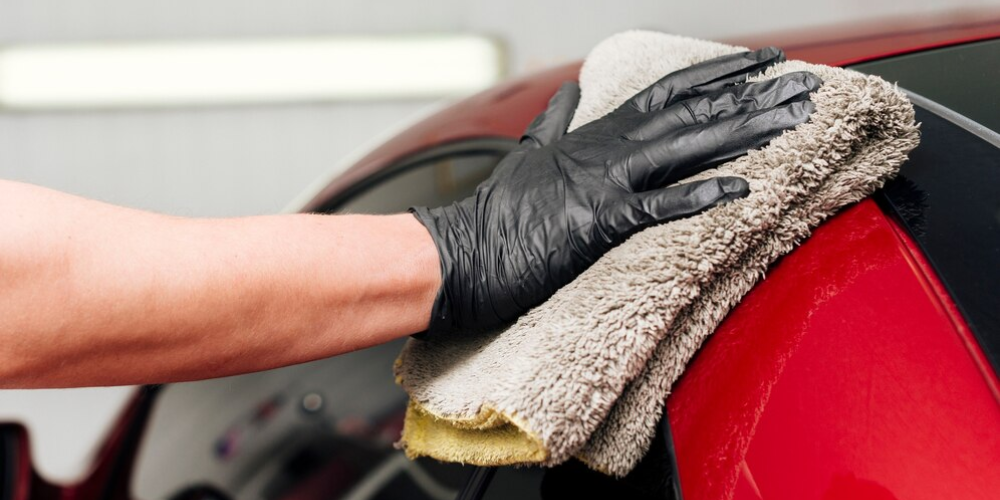
Polishing vs Rubbing Compound. Who Wins the Ultimate Shinedown?

Imagine your car, not just clean, but gleaming. Sunlight dances off the paintwork, revealing a flawless mirror finish that turns heads and sparks envy. This isn’t some unattainable dream – it’s the magic of car compounding, and at its heart lies the fascinating dance between rubbing and polishing compounds.
But before you reach for the nearest tub, hold on! Just like choosing the right outfit for the occasion, selecting the right compound depends on what your car needs. That’s where this handy guide comes in, your personal roadmap to navigating the world of car compounds and bringing out the best in your beloved four-wheeled companion.
The Big Reveal: What is Car Compounding?
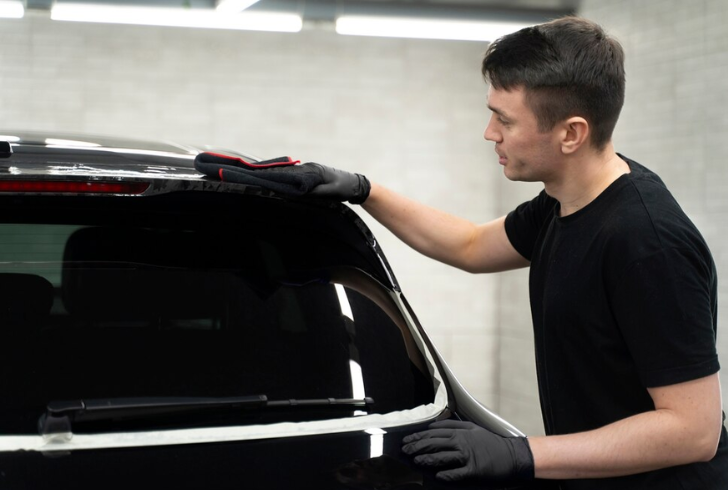
Freepik | Car compounding as a spa treatment for your car’s paintwork.
Think of car compounding as a spa treatment for your car’s paintwork. These specially formulated products contain tiny abrasive particles that act like microscopic sanders, smoothing out imperfections and restoring the paint’s shine. But unlike sandpaper, compounds work their magic gently, gradually removing blemishes without damaging the underlying surface.
Now, here’s the crucial part: not all compounds are created equal. They come in two main types– rubbing and polishing – each with its own unique purpose.
Rubbing Compound: The Heavy Lifter
Picture this: your car has seen its fair share of adventures, sporting battle scars in the form of deep scratches, stubborn oxidation, and faded paint. This is where the rubbing compound, the muscleman of the duo, steps in.
Think of it as a powerful eraser, packed with larger abrasive particles that tackle tough imperfections head-on. It can remove:
- Deep scratches: Those unsightly gouges that mar your car’s beauty? Rubbing compound can buff them away, leaving a smoother surface behind.
- Stubborn oxidation: Sun and weather wreak havoc on paint, leaving behind a hazy, white film. Rubbing compound cuts through this oxidation, revealing the paint’s true potential.
- Uneven paint: Is your car’s paintwork more like a bumpy road than a smooth highway? Rubbing compound can level it out, creating a uniform canvas for further polishing.
However, it’s crucial to acknowledge that with great power comes great responsibility when it comes to using rubbing compound. Rubbing compound is more aggressive, so it’s best used with caution and proper technique. Think of it as the heavy artillery in your detailing arsenal, reserved for stubborn enemies.
Polishing Compound: The Finishing Touch
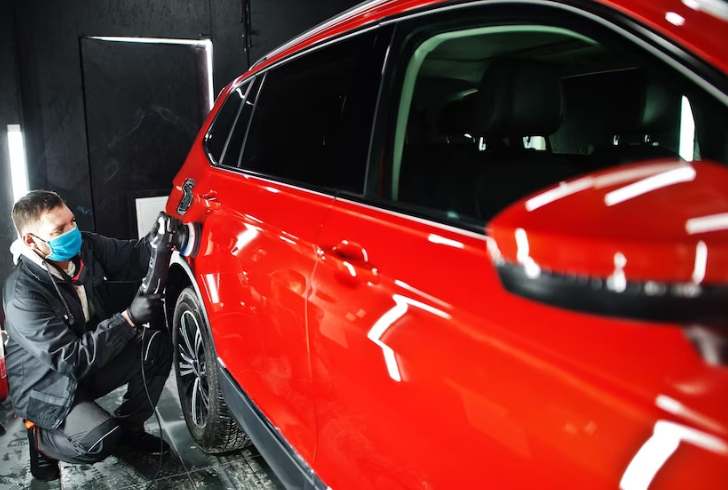
Freepik | ASphotofamily |Polishing compound enhances the newly smoothed surface, revealing the paint’s depth and clarity.
Now, imagine your car has already received the rubbing compound treatment, leaving a smooth, even surface. But it still lacks that final touch – the dazzling shine that makes heads turn. This is where the polishing compound, the artist of the duo, takes over.
Polishing compound is like a gentle sculptor, refining the newly smoothed surface and bringing out the paint’s true depth and clarity. It’s perfect for:
- Removing minor scratches and swirls: Those light, spiderweb-like marks that dull the paint? Polishing compound buffs them away, leaving a flawless finish.
- Enhancing shine: Polishing compound polishes, well, like crazy! It refines the paint’s surface, allowing it to better reflect light and create a breathtaking shine.
- Restoring clarity: Over time, the environment can cloud your car’s paint. Polishing compound cuts through this haze, revealing the paint’s original vibrant colors.
Remember, polishing compound is milder than its rubbing counterpart, making it ideal for more regular maintenance and touch-ups. Think of it as the finishing polish that takes your car’s appearance from good to great, and great to truly magnificent.
The Art of Compounding: Your DIY Guide
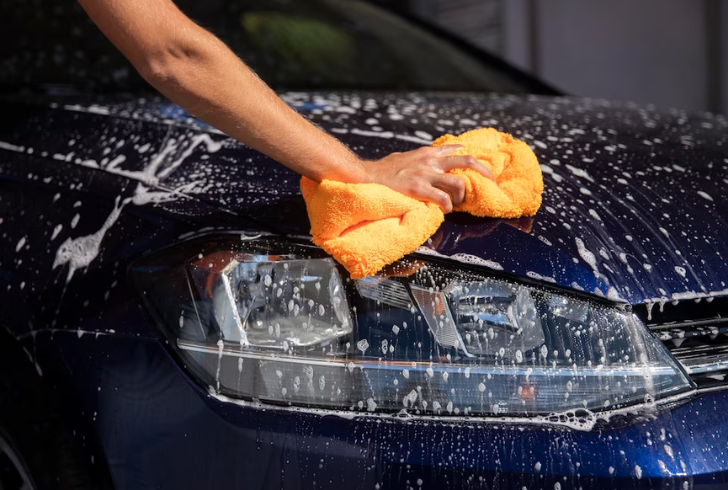
Freepik | Prior to starting, thoroughly wash and dry your car to eliminate loose dirt and debris.
Now that you know the difference between rubbing and polishing compounds, are you ready to unleash your inner detailing maestro? While professional detailing services are always an option, here’s a quick DIY guide to get you started:
1. Prepping is Key: Before diving in, give your car a thorough wash and dry to remove any loose dirt and debris that could scratch the paint during compounding.
2. Choose Your Weapon: Depending on the severity of the paint imperfections, select the right compound. Deep scratches? Rubbing compound is your friend. Minor blemishes? Polishing compound will do the trick.
3. Apply with Care: Follow the product instructions and apply the compound in small sections using a microfiber pad or applicator. Remember, gentle pressure is key!
4. Buff it Out: Once applied, buff away the compound residue with a clean microfiber cloth until the surface shines.
5. Wax on, Shine On: After compounding, protect your newly revealed shine with a high-quality car wax.
Remember: Patience and attention to detail are your allies in this process. Don’t rush, and always ensure you’re using the right compound for the job. And lastly, don’t forget to reward your efforts with a generous coat of wax to protect your newly-restored shine!
With this newfound knowledge, you’re no longer just a car owner, you’re a detailer extraordinaire, armed with the power to transform your car from ordinary to extraordinary. So, grab your compounds, unleash your inner artist, and get ready to witness the magic unfold!
More inAdvice
-
`
How to Safely Drive Away from Wildfires – Essential Tips
Wildfires are unpredictable and dangerous, often spreading rapidly with little warning. A video from the Los Angeles wildfires showed abandoned cars...
February 1, 2025 -
`
Can Your Car Keep You Safe During an Emergency?
Natural disasters such as wildfires, hurricanes, and floods can occur unexpectedly, leaving little time to prepare. In such situations, your car...
January 25, 2025 -
`
Tesla Reveals 2025 Model Y Juniper – Here’s What’s New!
Tesla has revealed the 2025 Model Y Juniper, a refreshed version of its best-selling electric SUV. This update enhances design, comfort,...
January 25, 2025 -
`
How to Check Transmission Fluid for Optimal Car Performance
Maintaining your vehicle’s transmission is just as essential as other routine car maintenance tasks like oil changes or tire rotations. Knowing...
January 18, 2025 -
`
Sutton Foster and Hugh Jackman Spark Romance on L.A. Date Night
Hollywood is abuzz with the latest photographs of Hugh Jackman and Sutton Foster, who appear to be confirming their romance during...
January 16, 2025 -
`
How to Fix Car Window Off-Track and Align It Properly
When your car window gets stuck or misaligned, it’s often due to an off-track issue. Learning how to fix car window...
January 10, 2025 -
`
How to Drive a Stick Shift: A Quick Guide for Manual Beginners
Driving a stick shift requires coordinating the clutch, brake, and accelerator to control a car with a manual transmission. Manual cars...
January 3, 2025 -
`
Why Drowsy Driving Is Just as Dangerous as Drunk Driving
Drowsy driving poses a serious risk to road safety, yet many underestimate its dangers compared to drunk driving. The National Sleep...
December 27, 2024 -
`
Where Is Hyundai Made? A Look Inside Global Manufacturing Hubs
Hyundai vehicles dominate roads worldwide, offering reliability and innovation. Yet, only some people know where these cars are actually made. The...
December 20, 2024


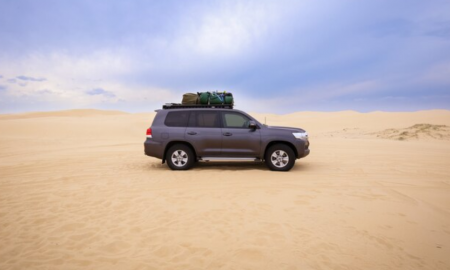

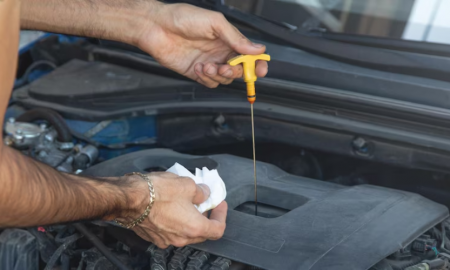

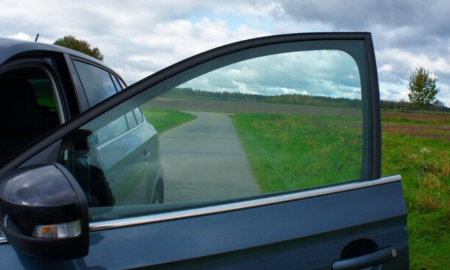
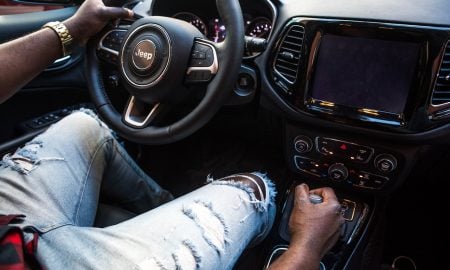






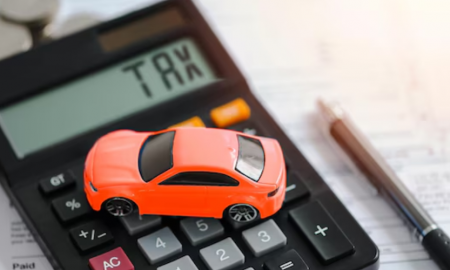
You must be logged in to post a comment Login